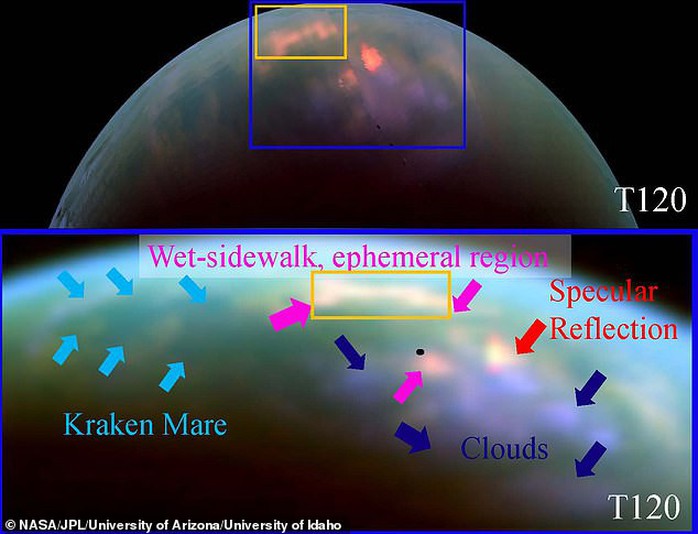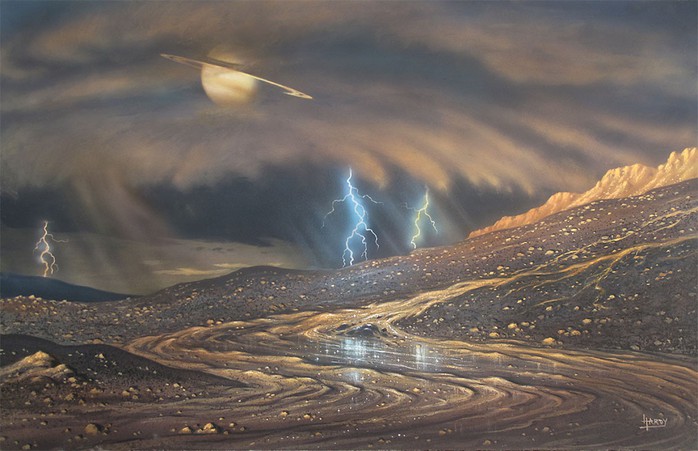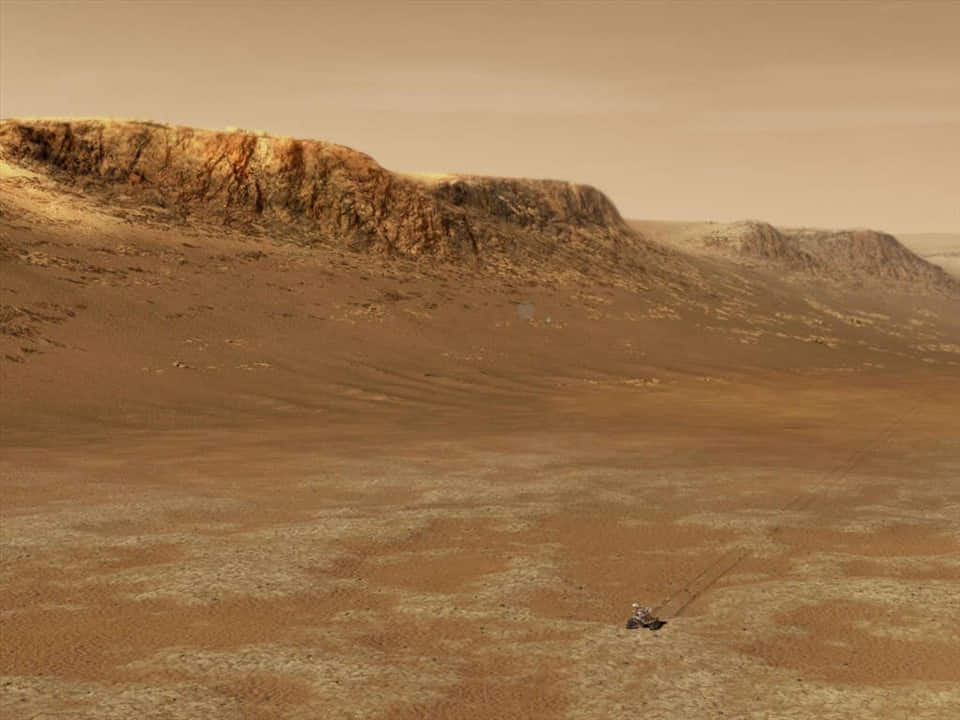Saturn’s moon Titan possesses many similarities to Earth and is a promised land for alien life.
NASA has just announced the surprising results of the search for missing clouds of the Saturn probe spacecraft Cassini. Just like on Earth, the clouds condensed into a giant summer rain that fell on an area of nearly 120,000 km2 and lasted for 7 years on Saturn’s moon.

7 years is time calculated according to earth time. On Titan, during the time of the rain, it is still the summer of a year that is 30 years long on Earth. This rain is located in the northernmost region of Titan and begins to fall in early summer.
The rain was discovered when the Cassini spacecraft captured a reflective spot in the Northern Hemisphere. Dr. Rajani Dhingra (University of Idaho in Moscow, Idaho – USA), the head of the research, said that after a long rain there will be a period of more evaporation, rainwater will become clouds. Titan’s summer is a wet and sunny one.

The “water” that falls in rain is liquid methane. Previously, many liquid methane lakes, suitable for life, were found on the moon Titan. This moon also has terrain and many features similar to Earth, as well as evidence of organic molecules right on the surface. NASA fondly calls it “alien Earth”.

The moon Titan is also where NASA’s “Dragonfly” is heading. NASA revealed that this year it will launch a project to create a robotic aircraft named Dragonfly, a “warrior” that will land on Saturn’s moon Titan to research and search for alien life.
It is expected that if the tests go well, Dragonfly will leave earth in 2025 and land on Titan in 2034.





